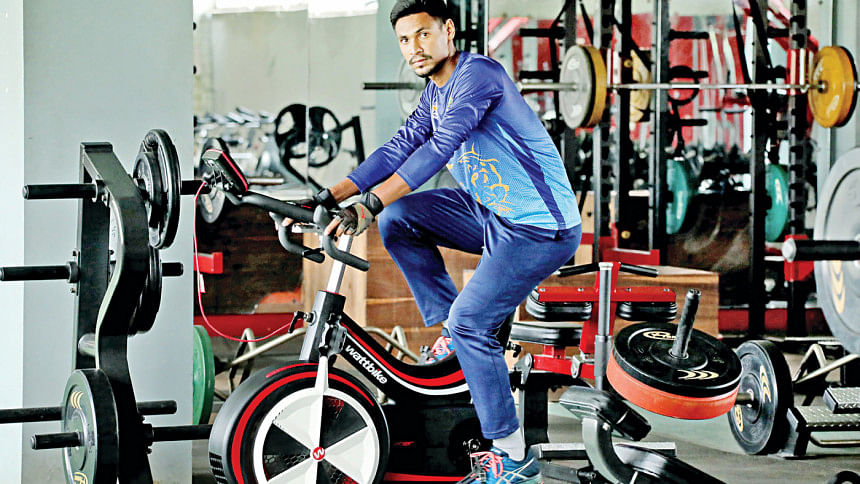Continuity key for a potent pace attack

That Bangladesh's Test future ultimately rests on how they can develop a pace attack that can be relied upon, cannot be stressed enough. Test cricket is a game that is dominated by pace prowess but Bangladesh have never been able to establish the pace lineup to a degree which would lead to progress and since they were conferred Test status in 2000, there has been something lacking in that particular department, especially in the context of the longest format of the game.
The very idea of what can be considered a pace lineup has been a trifling one when put into Bangladesh's context. Plenty of pacers had appeared on the team sheets for the past few years but tellingly, none have cemented their positions in the side.

In the last five Tests Bangladesh have played, four different pacers had been called up and only Abu Jayed and Ebadot Hossain have appear in four of them. Rubel Hossain, who played his last Test in July 2018, had been called up against Pakistan for the Rawalpindi Test this year and Al-Amin Hossain had made his return to the format after an absence of five years during the second Test against India last year in Kolkata. It shows that the team has been searching for what is ideal but are not sure about the structure that needs to be followed.
A pace attack, built primarily from scratch -- as is the case for the Tigers -- needs consistency in selection decisions while a framework of solid reference is needed to give it structure. A pace attack cannot be developed based on the idea of throwing in names in every Test and seeing what works. Names such as Taskin Ahmed, Rubel, Al-Amin, Mustafizur Rahman along with new crop like Jayed, Ebadot and Khaled Ahmed have come up during team selections.
However, for a foundation to be built, the players need to know what is being asked of them. That there has been no stable solution is no mystery given that Bangladesh have found results, albeit in home conditions, by using spinners. However, in away conditions more conducive to pacers, Tigers have had to work on the idea of building a pace attack. In away Tests, such as the ones in New Zealand last year, the inexperienced Jayed, Ebadot and Khaled were thrown into the deep end. On the other hand, no pacers were played in the one-off home Test against Afghanistan.
In Tests, it has been seen that the most successful pace attacks have bowlers who complement each other. The variation factor cannot be ignored either as different pitches ask for different skills – on a given day the team may need someone who bangs the ball in while on another day you would need someone who swings the ball. In short, a capable and varied artillery to pick from is what is required.
Even the brightest speck of light in Bangladesh cricket's pace battery in Mustafizur cannot now make the side because of deficiencies, namely his inability to bring the ball back into the right-hander. One may argue that the side is picked based on form. The very idea of shuffling based on form may have however negated the growth of the individuals being tried.
As Bangladesh now embark on their tour of Sri Lanka, at least eight pacers are at their disposal for the initial 20 or 22-member squad. It was learned that young paceman Hasan Mahmud too will be in BCB's consideration. While it is encouraging that young pacemen are coming through, without a solid idea to build on, he will be just another name added to the list. It is also a good thing that Jayed and Ebadot have been banked on in recent Tests. Jayed, for instance, has grown from that stability provided the best output among the Tigers' bowlers during the tour of India. For his partnership with Ebadot to thrive, the latter needs to keep things tight at other end when the former is going for wickets. Such matters can however only develop meaningfully when the team's think tank has an overarching idea about the pace department and implements that concept by giving the bowlers continuing opportunity to develop.
A look at neighbouring India would suggest that the long road to a pace attack fit for Tests needs patience. To be competitive in the format, work has to go into not only the academies but also those who come into the national team. Continuity, as far as the upcoming Sri Lanka tour is concerned, remains key to growth.

 For all latest news, follow The Daily Star's Google News channel.
For all latest news, follow The Daily Star's Google News channel. 



Comments